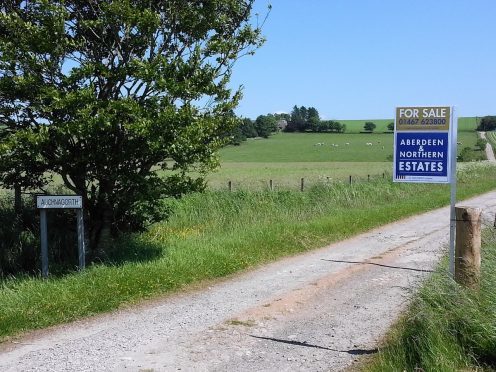Prime arable land and good quality farm units will remain in demand in 2016 although buyers will become more picky, claim land agents.
According to James Murphy, of Aberdeen and Northern Estates (ANE), there is a prevalent mood of caution in the market however opportunities remain for both vendors and buyers.
The firm, which is the estates division of north-east farmers’ co-operative ANM Group, saw arable land achieve between £4,000 and £6,000 per acre last year depending on location and quality.
“In certain circumstances prices in excess of £6,000 were achieved but this was not a common occurrence. Low-ground farmland suited to livestock production and grassland typically averaged £3,500 but could range anywhere between £2,000 to £4,000 per acre,” said Mr Murphy.
He said although buyers remained cautious good quality units would remain attractive to neighbouring farm businesses, and buyers from farther afield were most likely to be attracted to larger holdings with good quality houses and buildings.
“In the current market it is extremely important to set realistic asking prices to generate interest, competition and this often results in premium offers being achieved,” added Mr Murphy.
“While not all properties lend themselves to lotting and splitting, there are clear advantages to making different component parts available to the widest possible market, be it residential, farm or commercial interests. This in turn can maximise sale proceeds to the vendor. On the other hand over-lotting and in turn over complicating a sale can hamper and dampen interest overall and lead to an unsatisfactory conclusion.”
The plea for realistic pricing was backed by CKD Galbraith’s Simon Brown who said buyers and sellers of commercials farms remained cautious due to the downturn in commodity prices.
He said: “The main factors influencing the farmland market this year are sensitive pricing and the quality of the land. A good, well equipped arable farm in a desirable location will always sell and we expect the demand to remain strong from both farmers and investors. However, the price gap between the different regions of Scotland will result in the market becoming increasingly polarised.”
The firm said it didn’t expect to see a dramatic fall in prices but farms brought to the market at asking prices that were too ambitious would generally fail to find buyers.
This, they said, was not a predicament faced by the land market for a number of years.
